Ladakh is the most densely populated part of Central Asia [India]
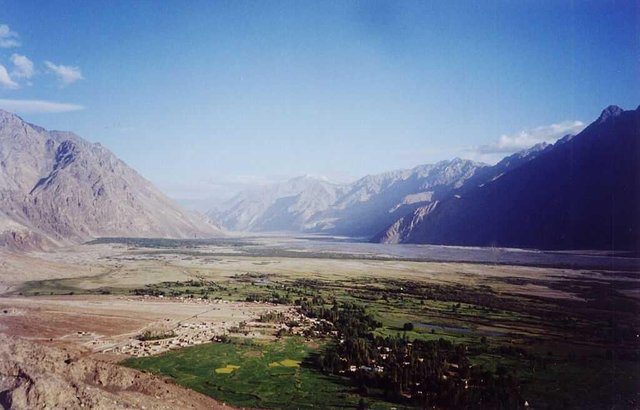
In the Nubra Valley. Ladakh
In Ladakh people live, have Indo-European roots, and Tibetans. Ladakh is the most densely populated part of Central Asia, divided into two regions: Lekh and Kargil. The larger Lekh is administratively composed of the town of Lech and 112 other settlements, which borders the western region with Pakistan, and the north - with China.
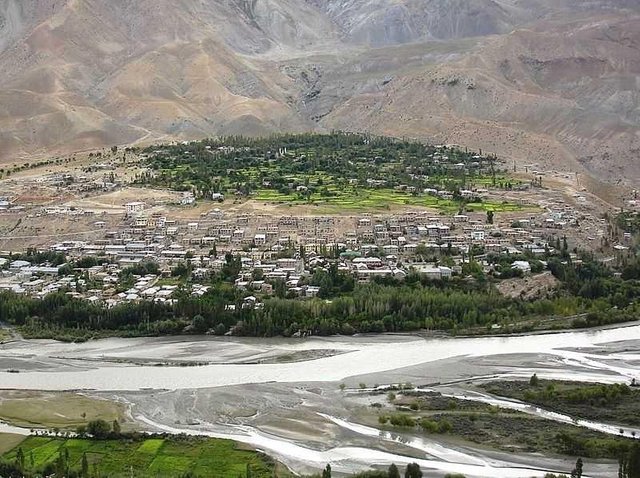
The age of a mountain ridge in this area is about 45 million years old, it was formed when the Indian plate moved to the Eurasian continent. The plate is still moving, as evidenced by the constant tectonic process in the Himalayas. The peak of Ladakh mountain does not exceed 5500 meters, but in the southeast, closer to Nun-Kun, they reach 7000 meters, that is why Ladakh is considered the highest plateau in India.
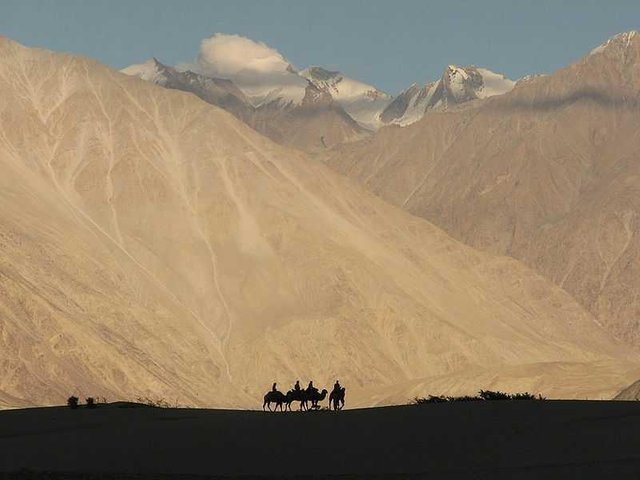
To the north of the Ladakh range lies the fertile valley of the River Nubra, which flows into the foot of the Karakoram Mountains. Between the Himalayas Range Agung and Zanskar there is an area of the same name. The land of Zanskar is so vast that they are also mentioned for the appointment of the whole territory as a whole. The inhabitants of these areas are able to take everything necessary to live in nature, since altitude differences create several natural zones: here is the fertile plains and grassy mountain meadows. The Zaskar River with its tributaries flows through valleys and rocky canyons, flowing further into the Indus beneath the city of Lech.
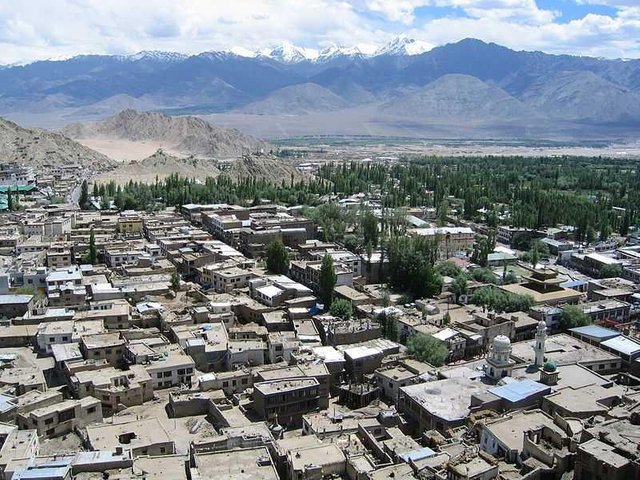
At 3,000 altitudes, and sometimes in 4000 meters, the agricultural season is usually short, and the lack of moisture creates problems for large-scale farming companies. Therefore, the local population is mainly involved in small-scale production. Fruits are grown in the lowlands. For example, apricots are a local export commodity along with cashmere. Irrigation channels are made for additional irrigation on land. Because of this, local producers grow wheat, wheat and even rice. One of the varieties of barley grown near Korzak Gompa is considered unique, because the land is at an altitude of about 4,600 meters and is the highest plateau in the world.
In addition to agriculture, traditional weaving is developed in these areas, especially east of Ladakh. In the hands of the looms, local people (men and women) weave and weave traditional clothes, and embroidered vests, boots and hats add identity to the national outfit.
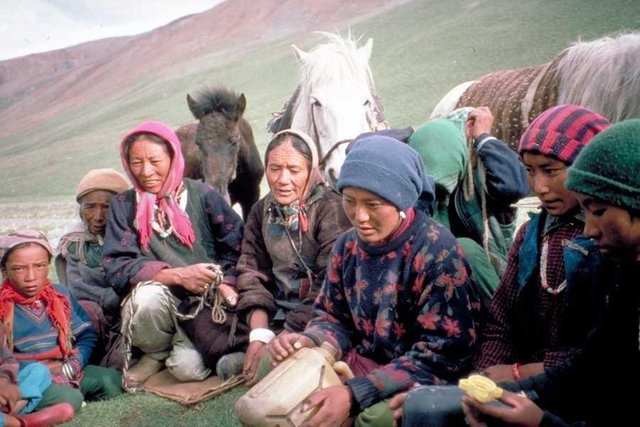
Ladakh is often called the desert plateau: winter temperatures remain everywhere at about -40, and summer temperatures reach +35. This condition, indeed, corresponds to the Arctic and the desert. Joking or seriously locals say that only those who can get frostbite and sunburn at the same time. Rainfall in these places fell not so much, up to 200 mm / year. There is no rainy season here - the Himalayas form a "rain shadow" in Ladakh.
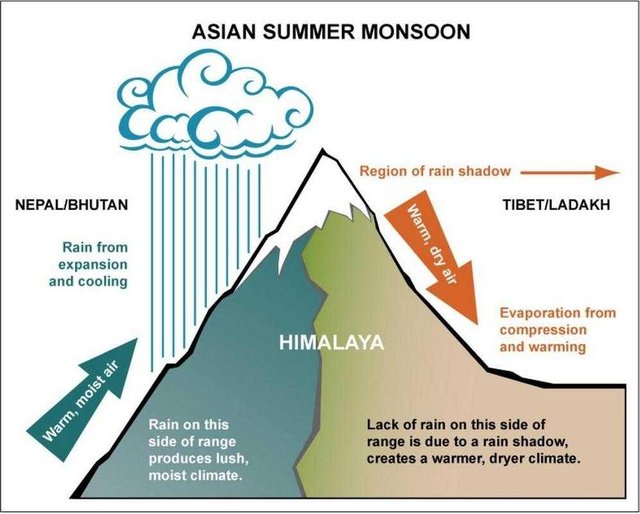
Mountains create barriers, so wind and air are saturated with moisture, reaching peaks, where moisture condenses and falls on the slopes to overcome the peaks. Then, the air currents, leaving the excess moisture, moving through the mountains, forming a dry region. This natural phenomenon is called "rain shadow". Areas in the northern part of the region experienced heavy snowfall, and often they remained disconnected from civilization for several months.
The nutritional tradition in this area has much in common with Tibet. The most common dishes are noodle soup and tsampa from fried barley flour, which can be cooked uncooked, which makes it a popular food. As in many other areas of Central Asia, green tea with butter and salt is cooked here, and the sweetened tea is brewed more in line with Indian tradition - with milk and sugar.
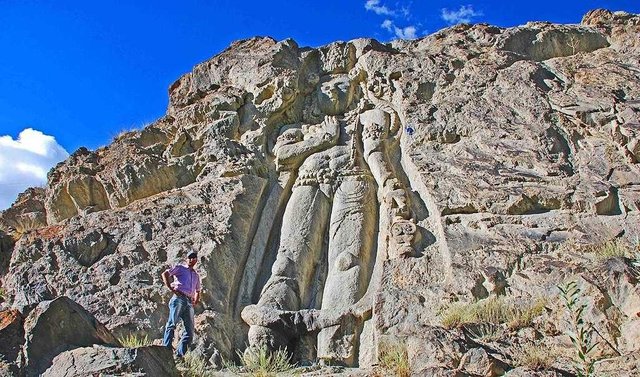
Despite the sharp continental climate and uncomfortable living conditions, the Ladakh region was inhabited since the Neolithic era, as evidenced by the stone paintings found in the caves. The high ridge and road passes are made here in conditions such as where this area was isolated from civilization for centuries, which allowed it to maintain its unique identity to this day.
Congratulations! This post has been upvoted from the communal account, @minnowsupport, by badribireuen from the Minnow Support Project. It's a witness project run by aggroed, ausbitbank, teamsteem, theprophet0, someguy123, neoxian, followbtcnews, and netuoso. The goal is to help Steemit grow by supporting Minnows. Please find us at the Peace, Abundance, and Liberty Network (PALnet) Discord Channel. It's a completely public and open space to all members of the Steemit community who voluntarily choose to be there.
If you would like to delegate to the Minnow Support Project you can do so by clicking on the following links: 50SP, 100SP, 250SP, 500SP, 1000SP, 5000SP.
Be sure to leave at least 50SP undelegated on your account.